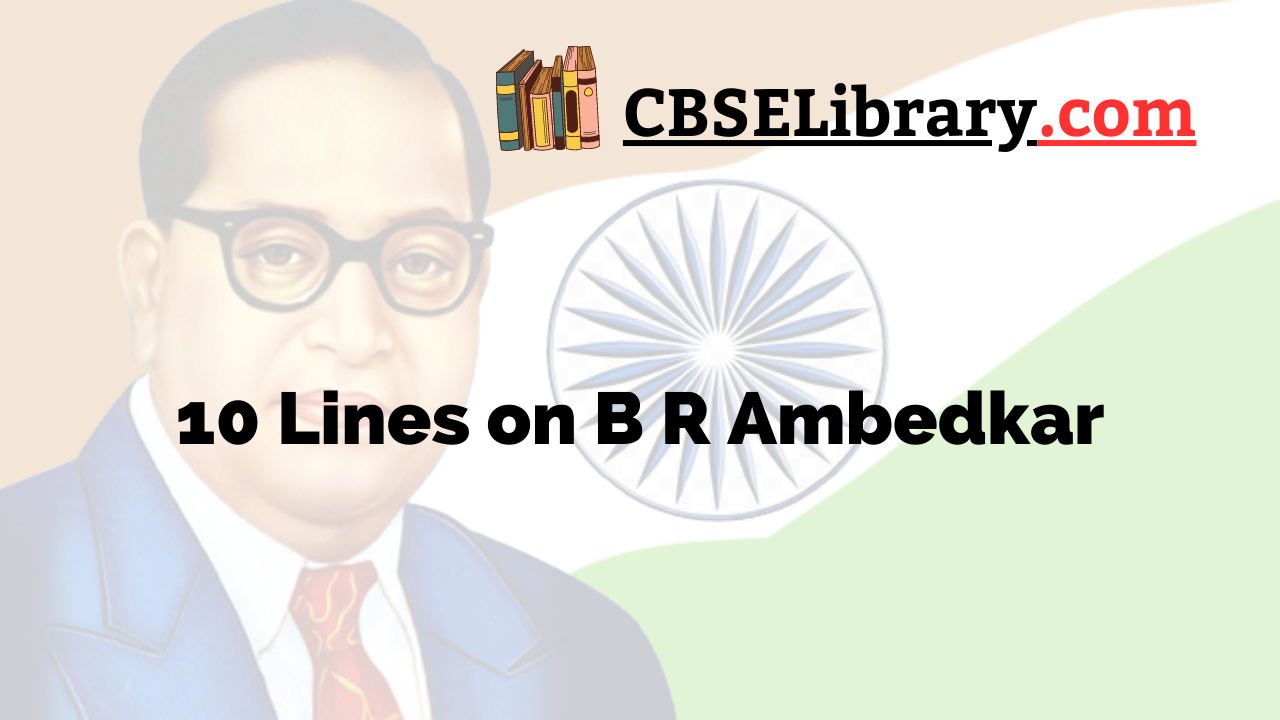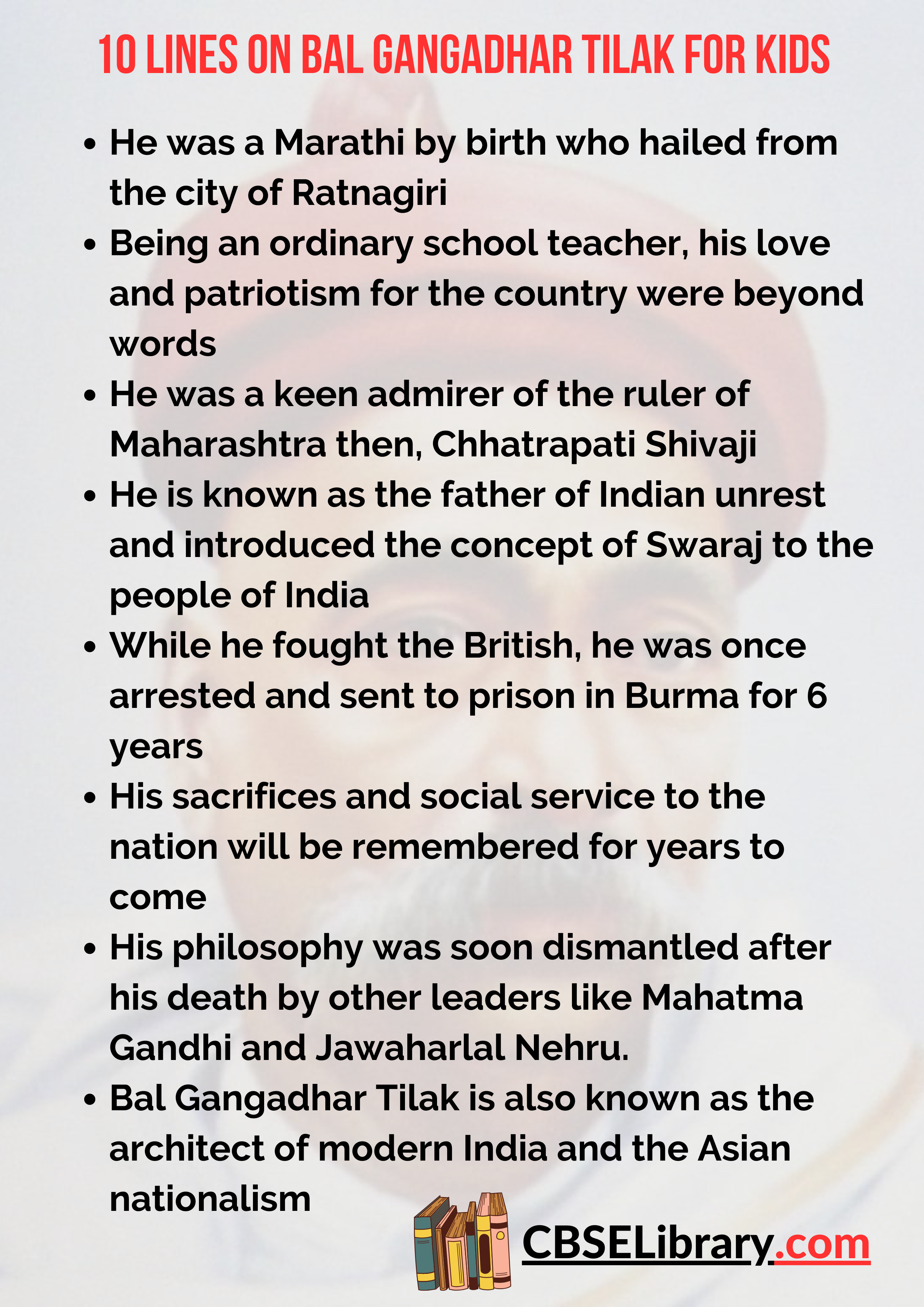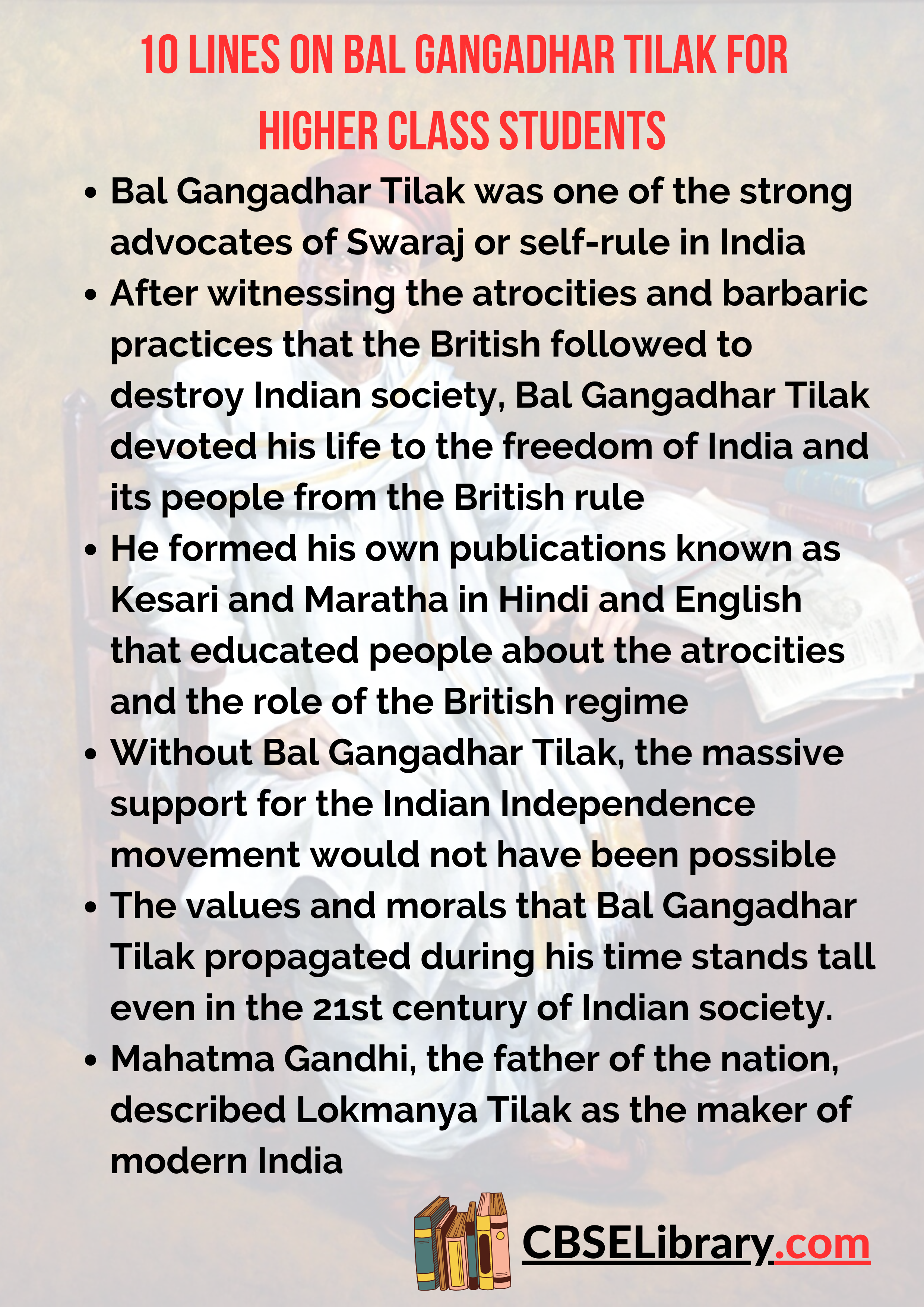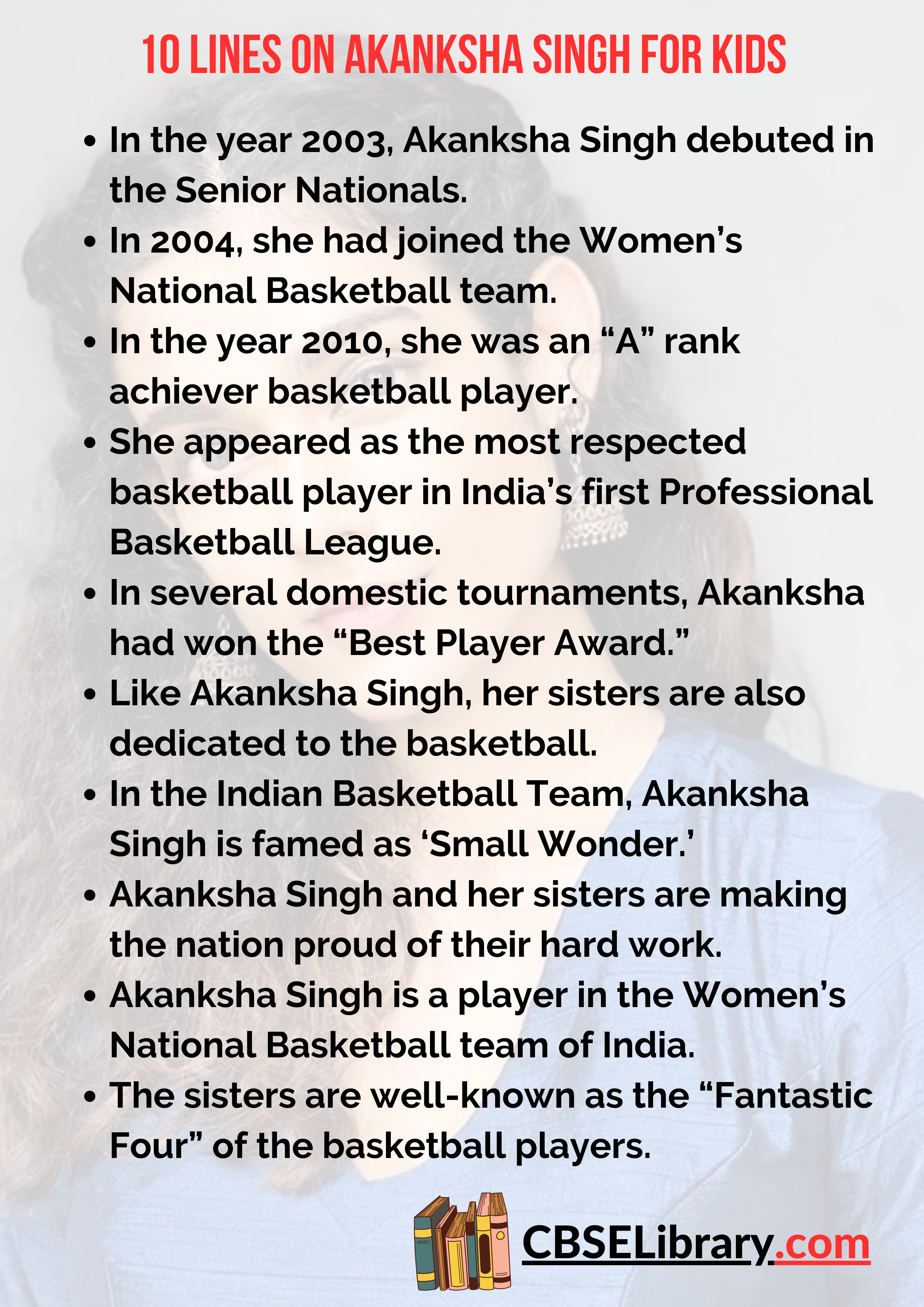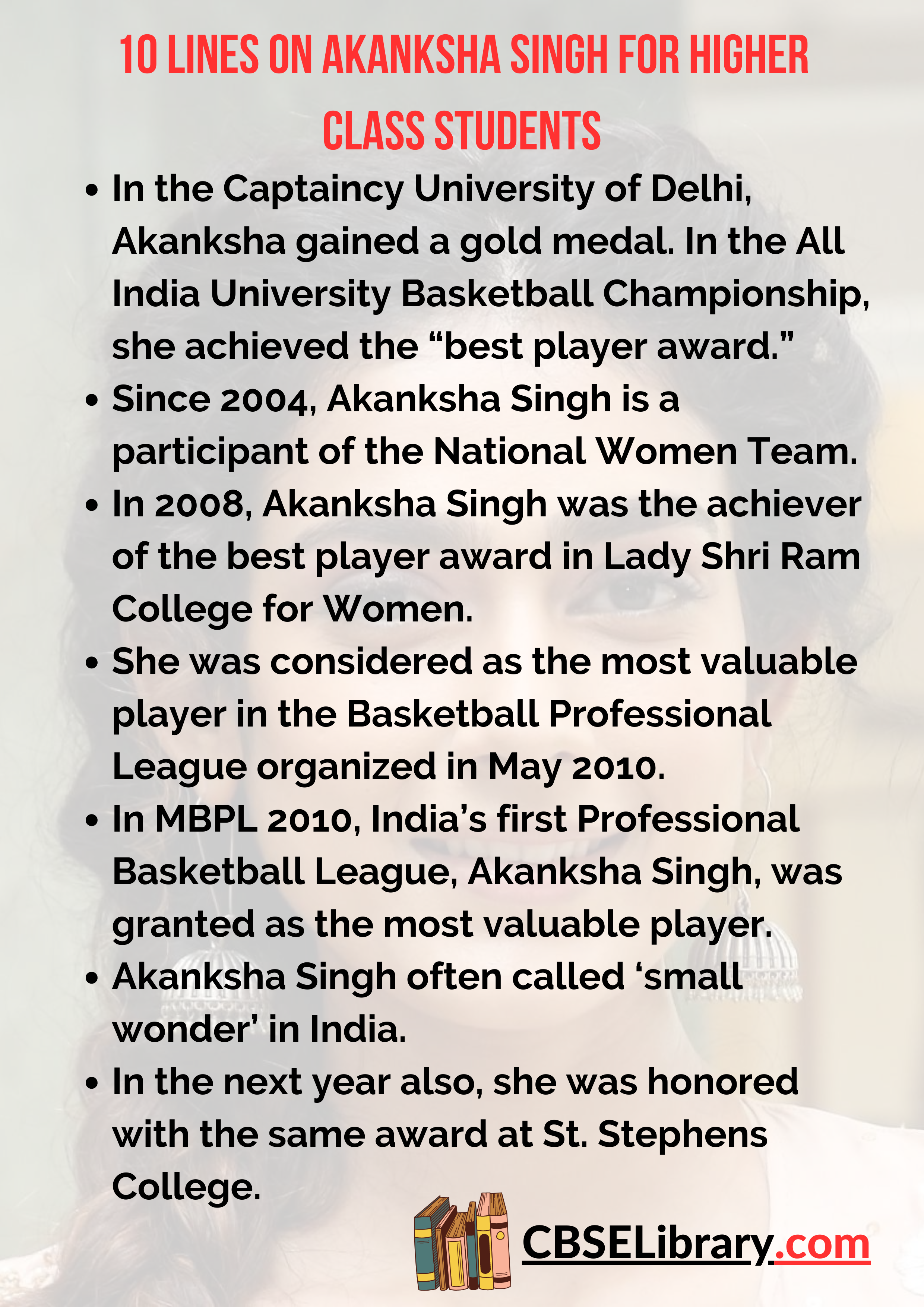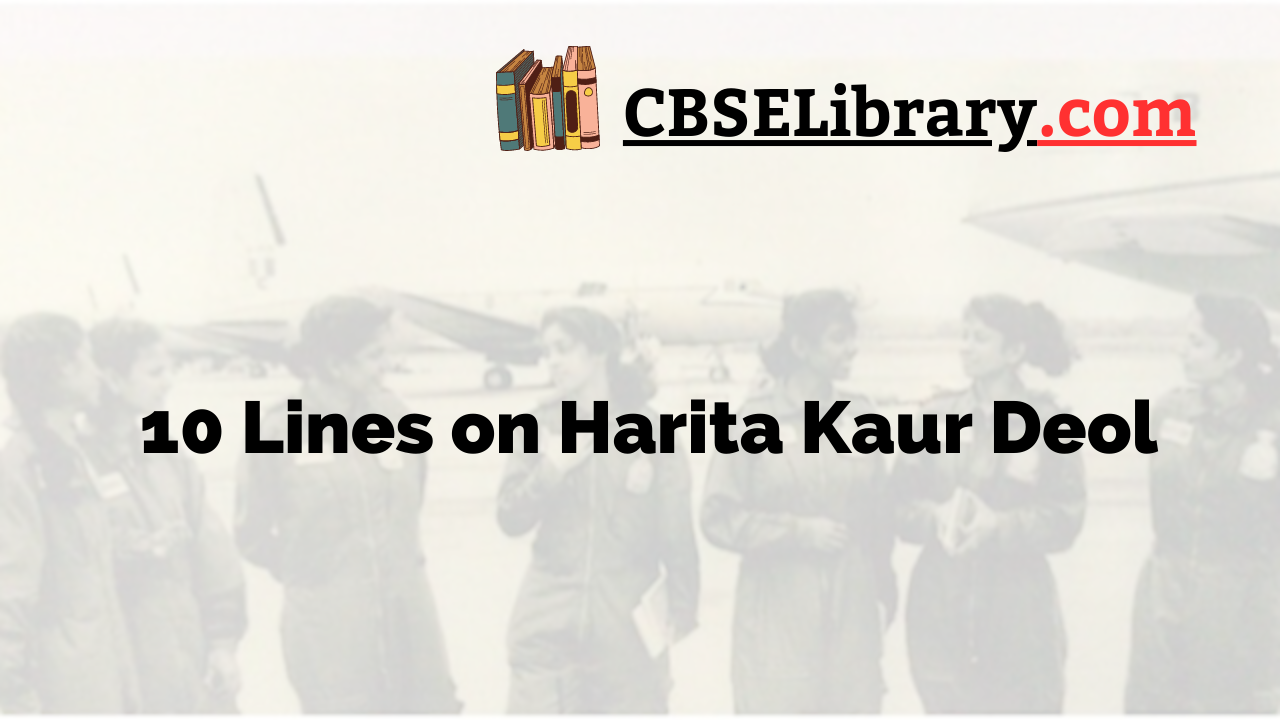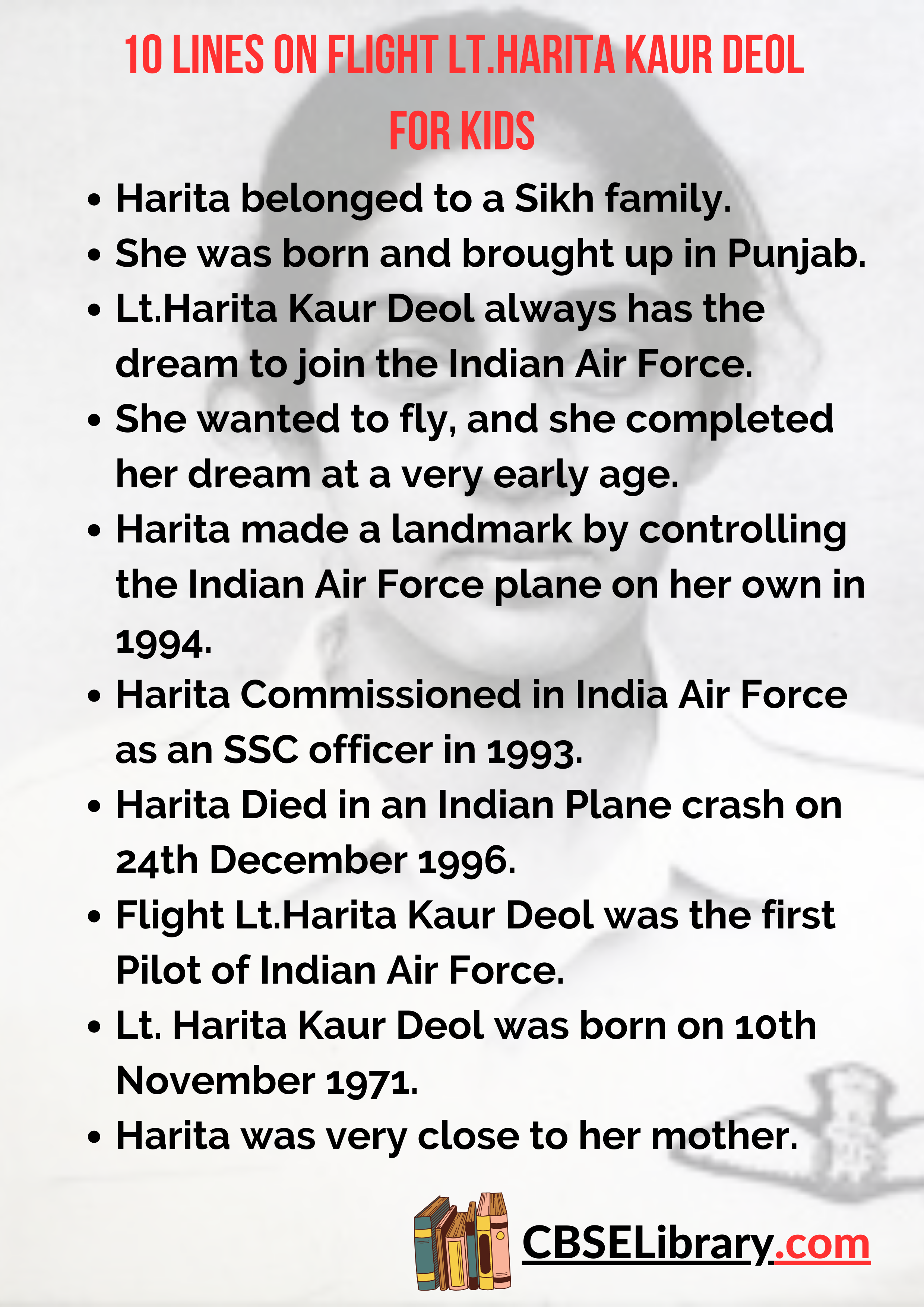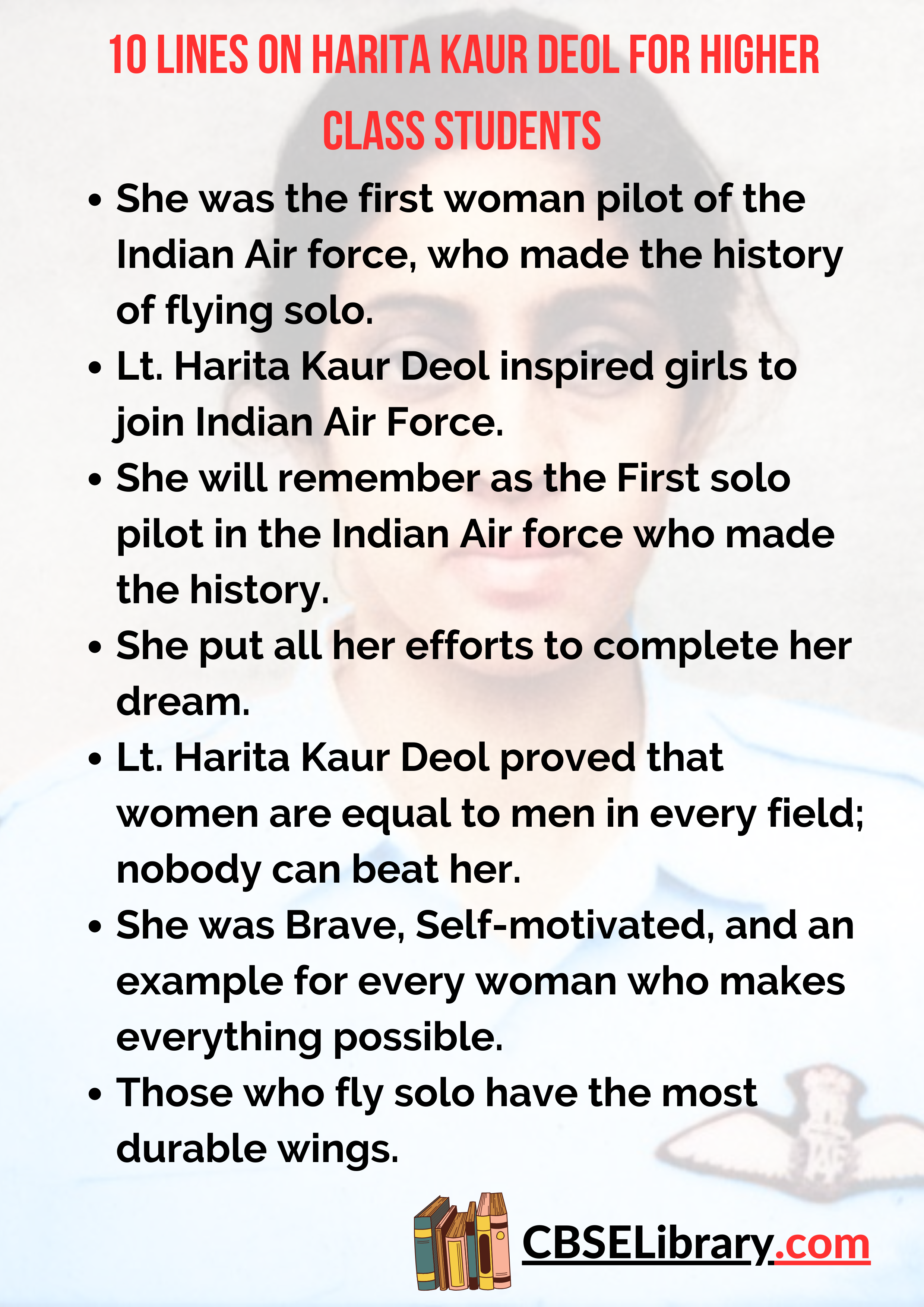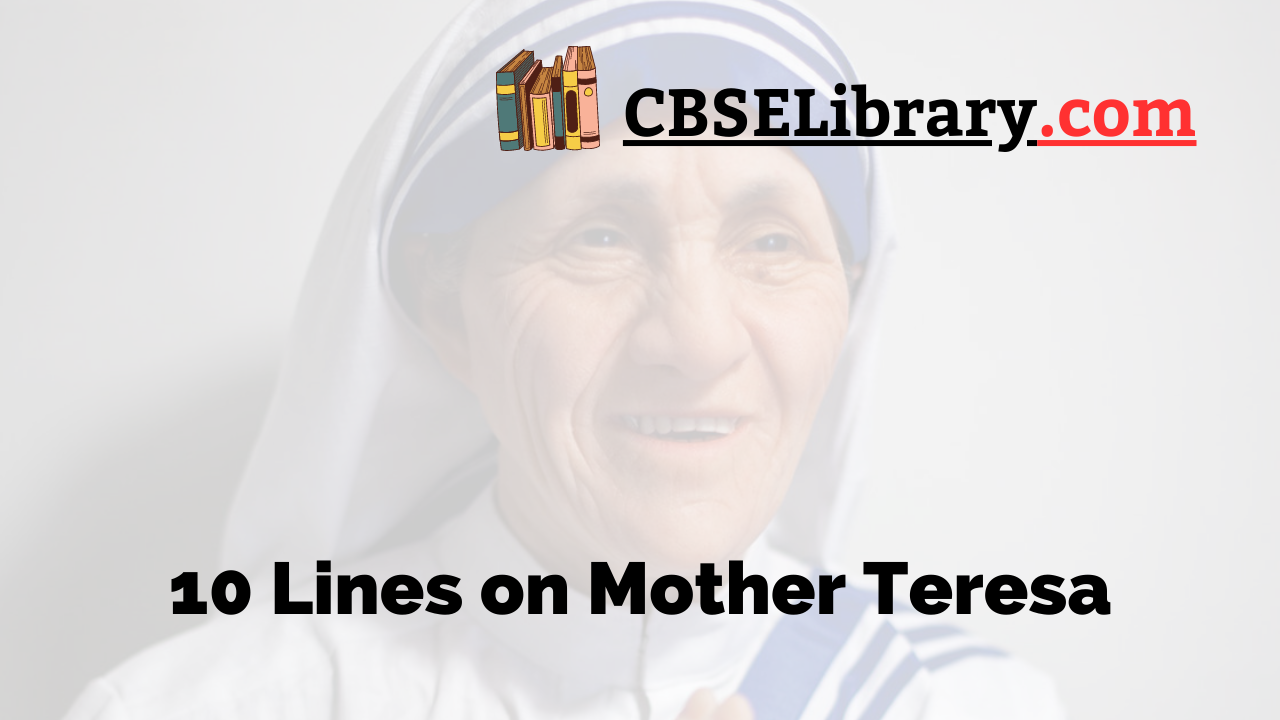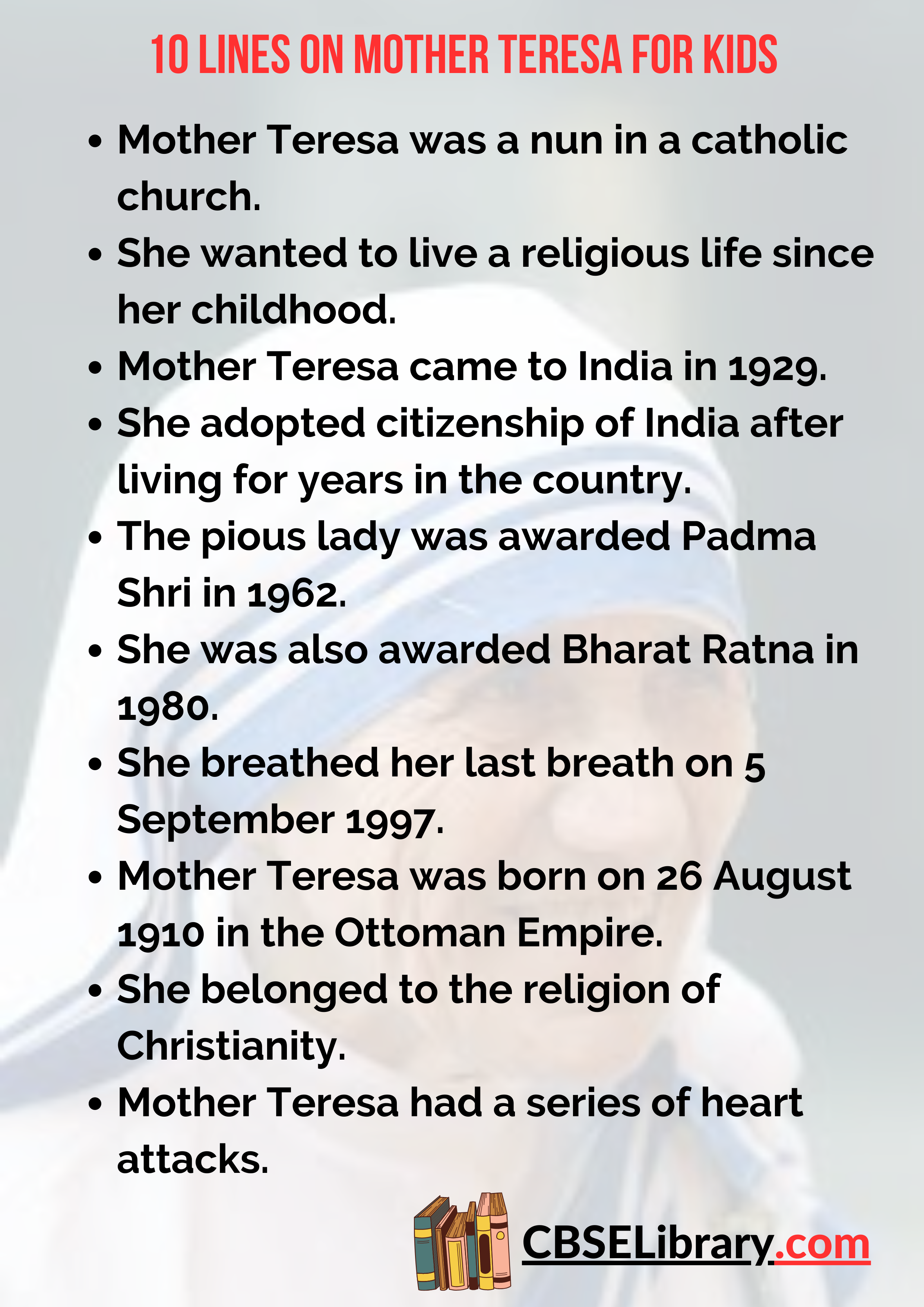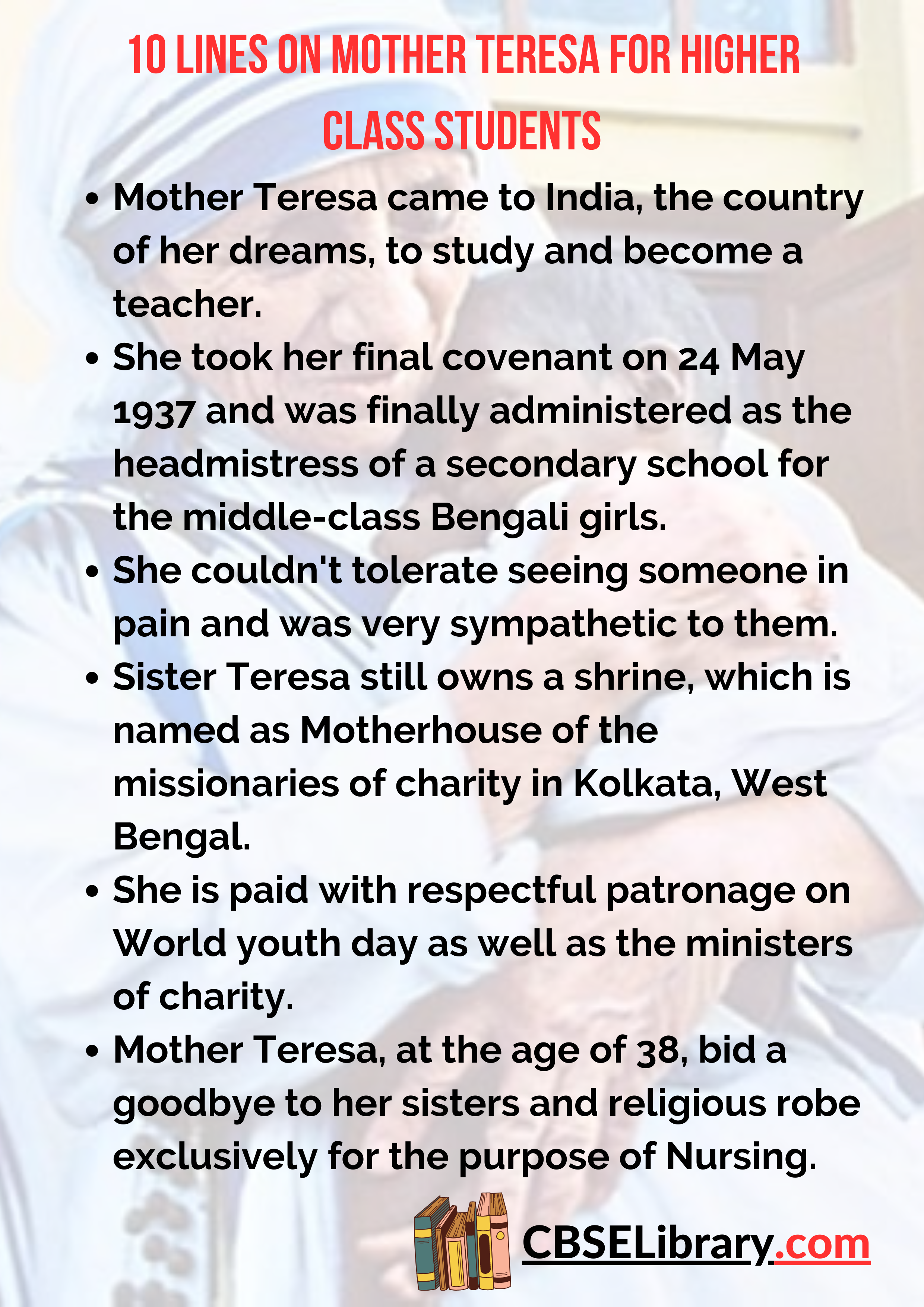10 Lines on B R Ambedkar: Bheemrav Ramji Ambedkar also known as Babasaheb Ambedkar, is the father of the Indian constitution and the brain behind the democratic and secular fabric of India. He was an Indian jurist, an economist, a politician and a social reformer and more than anything else, he was the saviour for the Dalit Movement in India and was the face of the campaign against social stigma and discrimination towards the untouchables in India.
From being the face of Indian Independence movement to drafting the constitution of India which is one of the longest in the world and most comprehensive, the contribution of Babasaheb Ambedkar to the republic of India is beyond words and everyone in the nation today owes a lot to his work during the pre-independence era.
You can read more 10 Lines about articles, events, people, sports, technology many more.
Set 1 – 10 Lines on B R Ambedkar for Kids
Set 1 is helpful for students of Classes 1, 2, 3, 4 and 5.
- Babasaheb Ambedkar is known as Bhimrao Ramji Ambedkar was a social reformer and inspired the Dalit Buddhist Movement in India
- He is the father of the Indian constitution and the brain behind the drafting of the Indian Constitution
- He was the first law minister of the country in the year 1947
- The terms fraternity, liberty and equality in the constitution was written by BR Ambedkar
- BR Ambedkar was born on 14th April in 1981 in the central province, now known as Madhya Pradesh
- In the years 1912, BR Ambedkar obtained his Political Science and Economics degree from the Bombay University
- BR Ambedkar completed his post-graduate studies at Columbia University in the United States of America
- He studied Economics at the prestigious London School of Economics and worked on his doctoral thesis in 1916
- He renounced Hinduism and became Buddhist in the year 1956
- He was the crusader and the true leader for the Dalit community in India and abolished the practice of untouchability and other social stigmas in the country.

Set 2 – 10 Lines on B R Ambedkar for School Students
Set 2 is helpful for students of Classes 6, 7 and 8.
- Babasaheb Ambedkar is known as the father of the Indian Constitution since he was the brain behind the drafting of the constitution of India
- On 14th of April every year, Ambedkar Jayanti is celebrated to pay homage and respect to Dr Babasaheb Ambedkar
- Dr Babasaheb Ambedkar won the Bharat Ratna award in the year 1990
- In 1912 he had obtained a degree in economics and political science from the Bombay University and started working to the Government of the princely state of Baroda
- He is usually known as the leader of Dalits and the Buddhist revivalist because of his strong stand against social discrimination and propagating peace in the country
- BR Ambedkar himself faced social discrimination and stigmas in his school and college days and was treated as untouchables by the upper caste
- The Dalits and lower caste communities today owes a lot to Dr Ambedkar and his reforms to eliminate social discrimination in the country
- After independence in the year 1947, Dr Ambedkar became the first law minister of the Government of India and played a major role in framing the constitution of India
- For the lack of his belief in the caste system that exists in the Hindu community. he renounced Hinduism and became a Buddhist in 1956
- He was a true leader who helped in implementing new social order in the country. The contribution that he has made to the constitution of India will forever be remembered by the people of the country
Set 3 – 10 Lines on B R Ambedkar for Higher Class Students
Set 3 is helpful for students of Classes 9, 10, 11, 12 and Competitive Exams.
- BR Ambedkar was a revisionary leader who envisaged the country where each and every person has equal opportunity irrespective of their caste, creed or religion
- Babasaheb Ambedkar dedicated his entire life to the freedom movement of India and eradicating social inequalities in the country
- Articles in the Indian Constitution such as article 15, where the minorities and less privileged in the country have equal opportunity, was scripted by BR Ambedkar and the whole community owes a lot of gratitude to him
- He created the Indian Constitution keeping in mind all the aspects and the diversity of the country in terms of religion, language, traditions, culture and ethnicity
- He travelled to more than 40 countries and obtained the best parts of the constitution from Japan, Russia, America and the UK and inculcated that into the Indian Constitution
- A staunch believer in equality for all, Dr BR Ambedkar renounced Hinduism because of its dangerous caste system and became a Buddhist
- Someone who has knowledge of economics, law and science, Dr Babasaheb Ambedkar’s contribution to forming the secular and democratic fabric of India goes a long way
- The wide range of civil liberties like freedom of religion and freedom of expression that we as millennials enjoy today, comes from the visionary and long-term thinking of Babasaheb Ambedkar back in the 1940s
- The reservation of jobs and seats in educational institutions for scheduled caste and Scheduled Tribes was another great work done by Babasaheb Ambedkar to uplift the unprivileged sections of the society
- The core values of the nation come from the constitution of the country and our constitution was written by Babasaheb Hansel and he is no less than any other freedom fighters like Mahatma Gandhi or Jawaharlal Nehru.
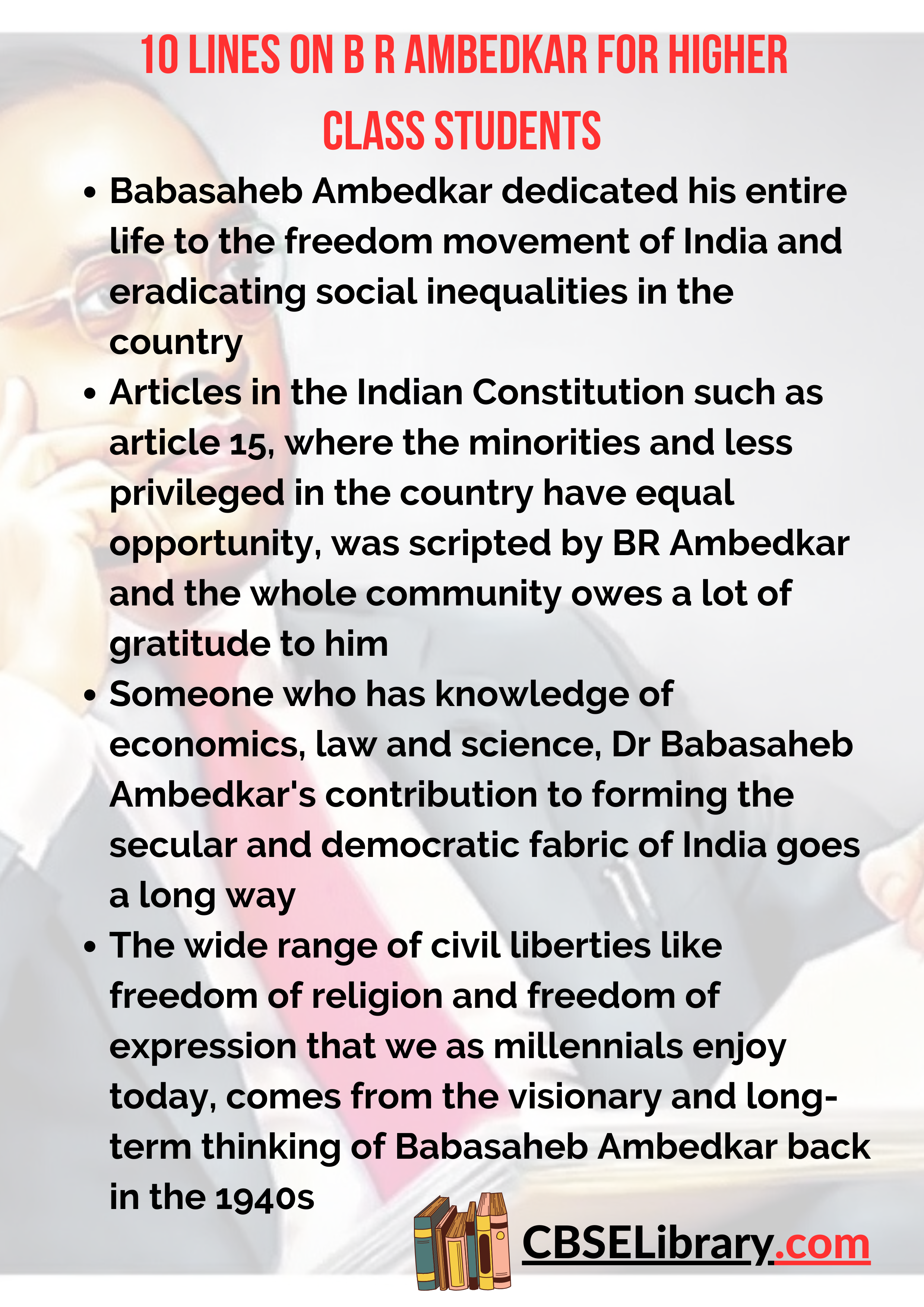
FAQ’s on 10 Lines on B R Ambedkar
Question 1.
When was BR Ambedkar born?
Answer:
Dr. BR Ambedkar was born on 14th April 1891
Question 2.
Why is BR Ambedkar known as the father of the Indian Constitution?
Answer:
BR Ambedkar is known as the father of Indian constitution because he was the one who drafted the longest constitution in the world after travelling to many countries for more than 3 years
Question 3.
What is the contribution of BR Ambedkar to Indian society today?
Answer:
The elimination of social discrimination and empowerment of the under-privileged section of the society is the biggest contribution of BR Ambedkar to today’s Indian society
Question 4.
Has all the values that BR Ambedkar imbibed in the constitution followed in the country today?
Answer:
The values of equality, fraternity and liberty are mostly followed in the country today and hence India is known as the second-largest democracy in the world
